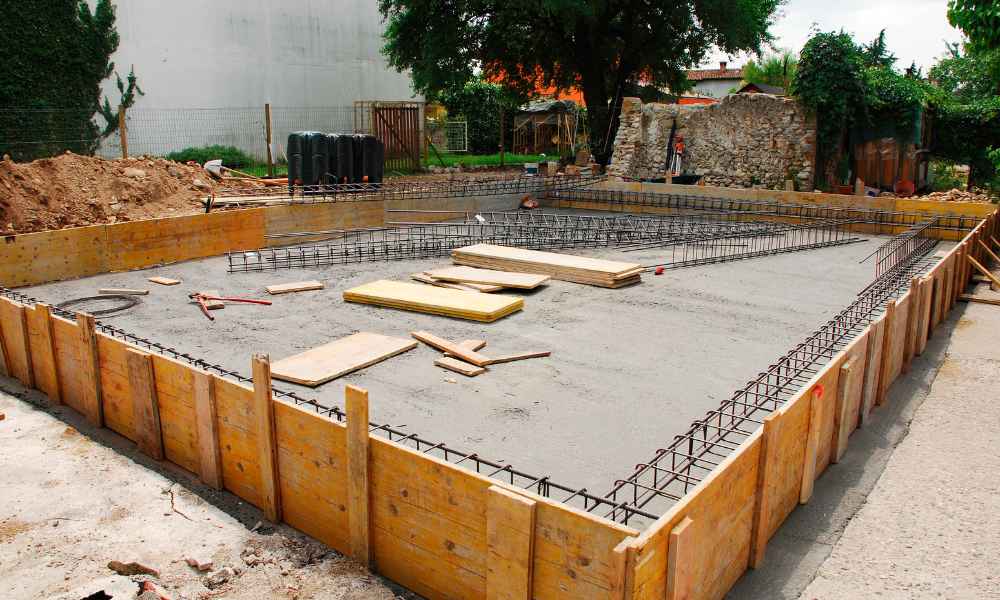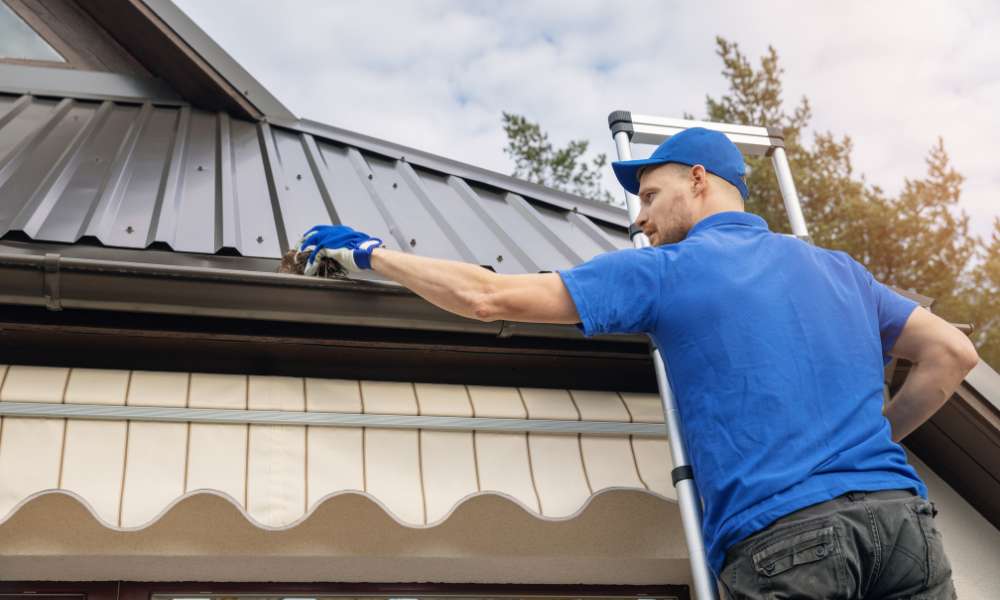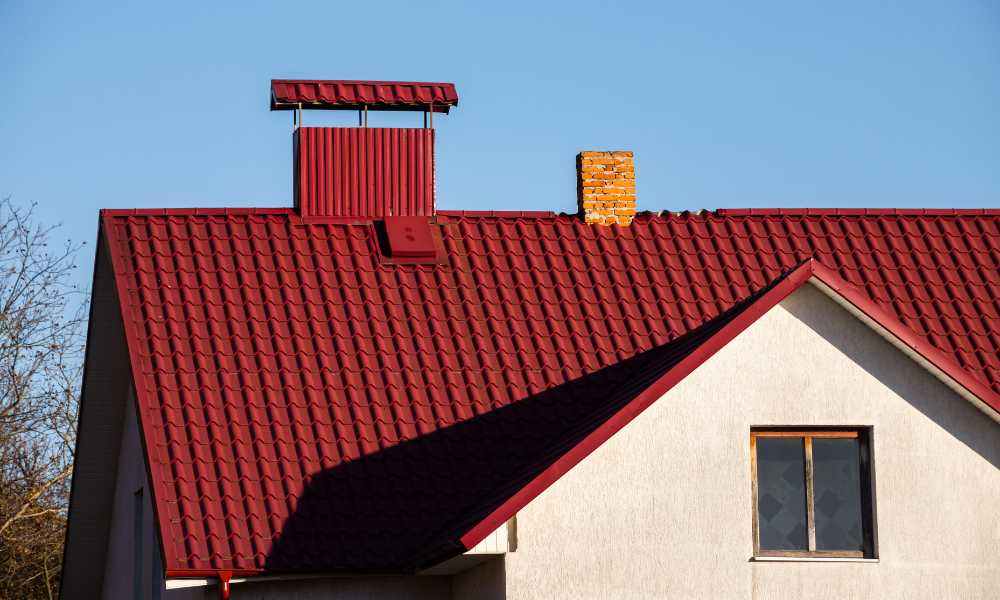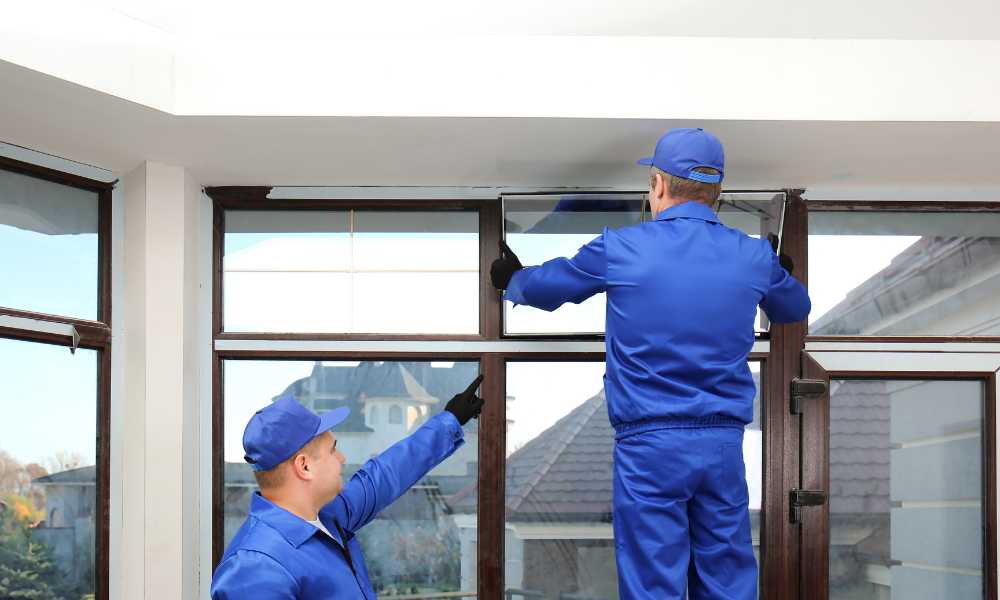The concrete foundation is the backbone of your home. It provides stability and support for the entire structure. Proper maintenance of your home’s concrete foundation is crucial for ensuring its longevity and structural integrity. Over time, factors such as soil movement, water damage, and natural wear and tear can impact the condition of your foundation. Here are some essential tips and techniques to help you properly maintain your home’s concrete foundation, preventing costly repairs and ensuring the safety and stability of your property for years to come.
Monitor and Address Water Drainage Issues
Water drainage issues can pose a significant threat to the health of your home’s concrete foundation. Excess water accumulation around the foundation can lead to soil erosion, hydrostatic pressure, and even foundation settlement or cracking. To prevent water-related damage, regularly inspect the drainage systems around your home, including gutters, downspouts, and drainage pipes. Ensure that gutters and downspouts are clear of debris and direct water away from the foundation through proper grading and drainage channels. Additionally, consider installing drains or sump pumps to redirect excess water away from the foundation and prevent moisture buildup in the soil.
Maintain Proper Soil Moisture Levels
The soil surrounding your home’s concrete foundation plays a crucial role in its stability and support. Fluctuations in soil moisture levels can cause the soil to expand or contract, exerting pressure on the foundation and potentially leading to settlement or heaving. To maintain proper soil moisture levels, establish a regular watering schedule for your landscaping and foundation perimeter. Ensure that the soil around the foundation remains adequately moist but not overly saturated, as excessive moisture can contribute to soil erosion and instability. Consider installing a foundation watering system or using soaker hoses to maintain consistent moisture levels around the foundation during dry periods. Avoid overwatering or allowing water to accumulate near the foundation, as this can lead to soil saturation and potential damage to the foundation.
Conduct Regular Inspections
Regular inspections of your home’s concrete foundation are essential for detecting any signs of damage or deterioration early on and addressing them promptly. Schedule annual foundation inspections conducted by a professional inspector or structural engineer to assess the condition of the foundation and identify any potential issues. During inspections, look for visible signs of foundation damage, such as cracks, bulges, or uneven settling, both inside and outside the home. In addition to professional inspections, perform regular visual inspections of the foundation yourself, paying attention to any changes in the appearance or condition of the foundation walls, floors, or exterior surfaces. Look for signs of water damage, such as dampness or efflorescence, which may indicate moisture infiltration or drainage issues. Additionally, monitor the doors and windows for signs of sticking or misalignment, as these may indicate foundation movement or settling.
Invest in Professional Concrete Leveling
Concrete leveling, also known as slab jacking or mud jacking, is a cost-effective and non-invasive method for repairing uneven or sunken concrete surfaces, including concrete foundations. Over time, soil erosion, settlement, or changes in moisture levels can cause concrete slabs to sink or settle unevenly, leading to structural issues and safety hazards. Professional concrete leveling in Kansas City, or where you live, involves injecting a specialized grout mixture beneath the sunken concrete slab to lift and level it, restoring its stability and functionality. A qualified contractor can assess the foundation’s condition and recommend the most appropriate concrete leveling solution based on your specific needs and budget.
Protect the Foundation During Construction Projects
Construction projects, such as home renovations, additions, or landscaping improvements. Can pose risks to your home’s concrete foundation if not managed properly. Heavy machinery, excavation, and soil disturbance during construction can exert pressure on the foundation and potentially cause damage or settlement. To protect the foundation during construction projects, take proactive measures to minimize soil disturbance and mitigate potential risks. Before starting any construction projects, consult with a structural engineer or foundation specialist to assess the impact on the foundation and implement appropriate protective measures. Use caution when operating heavy machinery or equipment near the foundation, and avoid placing heavy loads directly on the foundation or adjacent soil. Additionally, establish clear boundaries and protective barriers around the foundation perimeter to prevent accidental damage during excavation or landscaping work.
Conclusion
Proper maintenance of your home’s concrete foundation is essential. It can help to preserve your foundation’s structural integrity and prevent costly repairs. A well-maintained concrete foundation is the key to a sturdy and durable home that stands the test of time. By following the essential tips outlined in this article, you can ensure your home’s long-term stability and safety.





